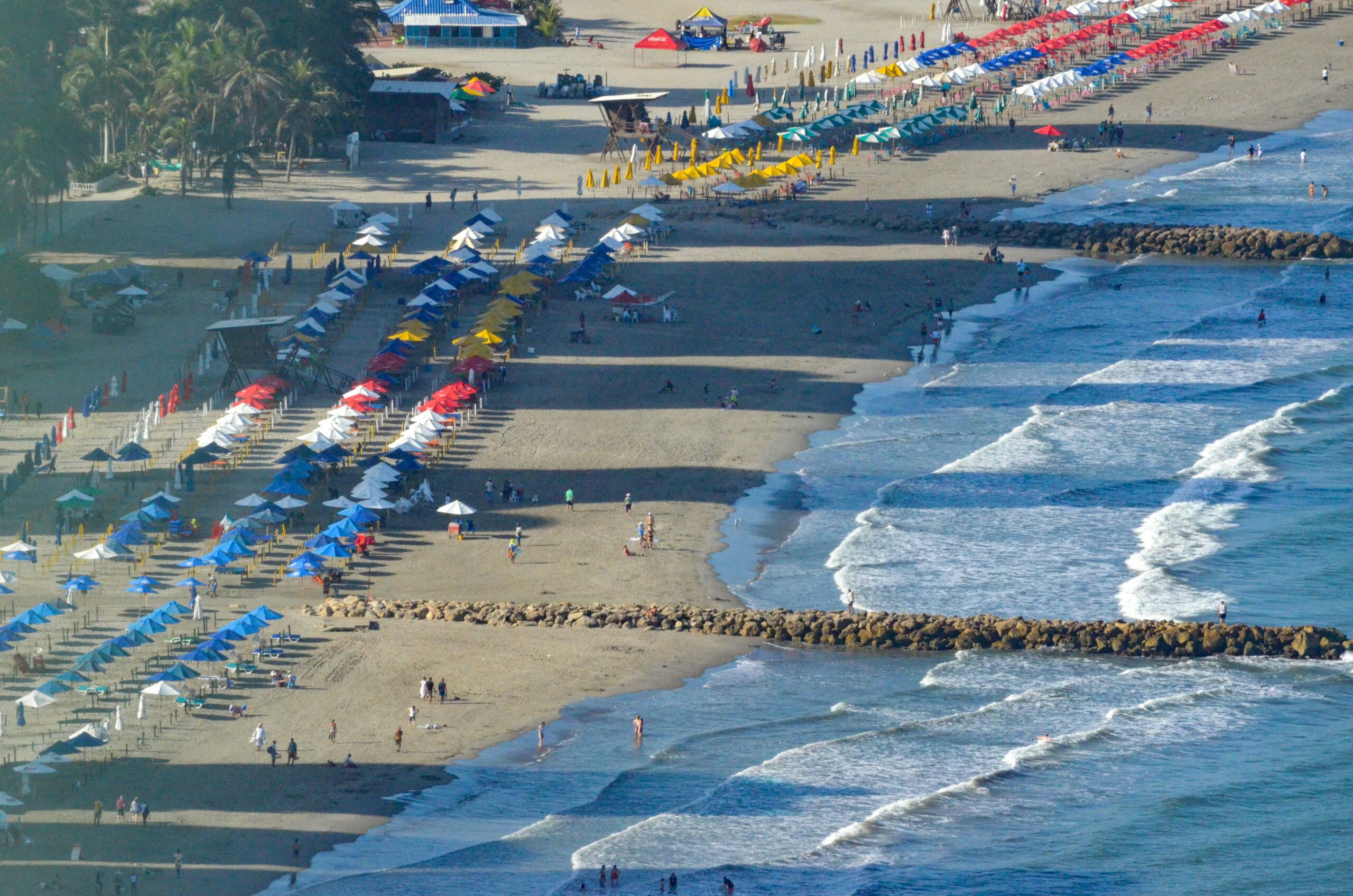Cartagena is a port city on the Caribbean coast of Colombia. It is one of the oldest cities in South America, with a population of roughly 1.2 million people. It is well known for its ancient architecture, vibrant culture, and unique cuisine.
Cartagena’s Culinary Scene
Cartagena is renowned for its unique and delicious cuisine, which has a blend of African, Caribbean, and European influences. Local dishes often incorporate seafood, coconut milk, plantain, and other tropical ingredients.
Popular dishes include:
- Sancocho (a hearty soup made with fish or meat)
- Ceviche (citrus-marinated seafood)
- Bandeja paisa (a combination plate of pork, beef, eggs, rice and beans)
- Arepas de huevo (cornmeal cakes filled with egg)
- Empanadas de trigo y queso (wheat pastries stuffed with white cheese).
- An aphrodisiac drink called the Mamajuana which is made with honey and rum.
Fun Facts
- Cartagena is the fifth-largest city in Colombia and has been declared a UNESCO World Heritage Site for its historical importance.
- The city was founded by Spanish explorers in 1533 and was one of Spain’s main ports during colonial times.
- Many locals practice santeria, an Afro-Caribbean belief system that combines elements of Yoruba mythology, Roman Catholicism, and Native American rituals to create a unique spiritual practice.
Key Buildings & Attractions
Cartagena has several impressive monuments and buildings that are part of its rich history:
Castillo San Felipe de Barajas
One of the most iconic is the Castillo San Felipe de Barajas, which stands atop a hill overlooking the city. It is a fortress built by the Spanish in 1536 to protect Cartagena from invading forces. The fort itself consists of two lines of defenses, with barracks, an ammunition depot, a chapel, as well as multiple gun batteries spread throughout.
Puerta del Reloj
The Puerta del Reloj (Clock Tower) also stands as an important landmark in the old part of Cartagena, as it marks the entrance to the walled city that was built during colonial times. This grand entrance was constructed in 1620 after being authorized by King Philip III and remains one of the most recognizable images associated with Cartagena today.
Palace of Inquisition
The Palace of Inquisition is another popular tourist attraction located inside El Centro Histórico district and serves as a reminder of Cartagena’s bloody history as it functioned as an interrogation center until 1820 when slavery was abolished.
Plaza Bolivar
Plaza Bolivar is one of Cartagena’s main plazas located near La Merced Church and El Santo Domingo Convent, which were both constructed in 1552 during the Spanish occupation. The convent still serves its original religious purpose, while La Merced Church has continued to be used for worship activities throughout its long history.







What do you think?
Show comments / Leave a comment